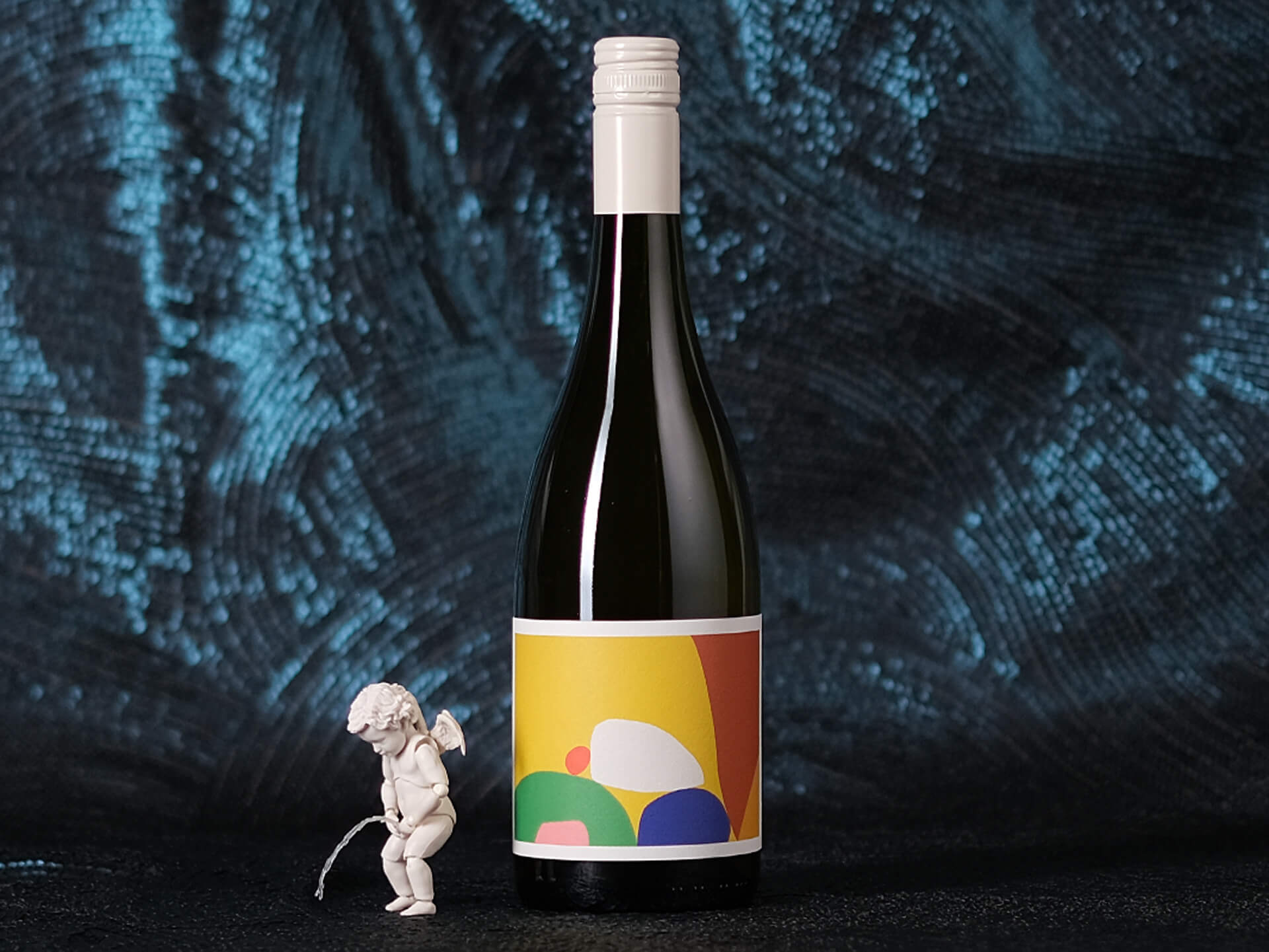Alkina is a no-expense-spared operation that is turning out some exciting wines from its biodynamic Barossa vineyard, both from 70-year-old vines and newer plantings. Under Alkina’s exploratory Kin label, this is all old vine semillon, planted in the 1950s, with a whisper of skin contact bringing out some dried ginger and a pleasing drying pucker to the floral, lemon-scented fruit.
Tasting note
A gently hazy green-gold hue leads to aromas of lemon leaves and blossom, sage, a hint of Calvados-like apple essence, sourdough and dried ginger amid ferrous, stony mineral notes. There’s plenty of subtle texture here, a slip of richness up front being cinched in with fine skinsy tannins, tugging gently through the close, the flavours running long and the gentle drying pucker giving this high refreshment value.
Themes of this wine
Barossa
The Barossa is arguably Australia’s most revered wine region. It dwarfs many other fine wine regions for scale, while firmly maintaining a quality profile, with its distinctive style and character recognised worldwide. It is dripping in history, has far and away the largest resource of old and ancient vines in the country, and fifth- and sixth-generation growers and makers proliferate. It is fair to call it the cornerstone of Australian wine. It is the home of powerful red wines, established names making established styles, but there are also makers finding new meaning in the territory.
Semillon
In league with sauvignon blanc and muscadelle, semillon is responsible for the dry whites of Bordeaux, as well as the great sweet wines of Sauternes, Barsac et al. In Australia, semillon found its own unique niche in the Hunter Valley, making low alcohol, super-bright and zippy wines that age for decades, while in Margaret River it is more often than not blended with sauvignon blanc to make the region’s signature aromatic white.
Skin contact
The skins hold the colouring matter and lots of tannin. Leave them in contact with the juice/wine and you’ll extract those elements. Most conventional white wine sees no skin contact, rosé a little bit to get a blush, and red wine plenty to get the colour and structure. Skin-contact whites… well, they have some skin contact. Yep. More colour, more tannin and a different flavour profile.
Egg-shaped fermenters
Amphorae are some of the most ancient winemaking vessels, and the modern practice of using ovoid fermenters is a very similar idea, with the shape encouraging ferment vectors to swirl and tumble. While amphorae are typically made from clay, eggs (and various other similar shapes, including tulip-shaped vessels) come in a range of materials, from concrete to ceramic to steel.
Biodynamic
An organic farming method created by Rudolph Steiner in the 1920s, biodynamics is a slightly mystical approach, employing elaborate organic ‘preparations’ to restore the natural balance of the soil and encourage microorganisms. It also observes the lunar cycle to prescribe actions in the vineyard and winery. Why some of it works is not clearly understood, but it is used by some of the world’s greatest producers.



